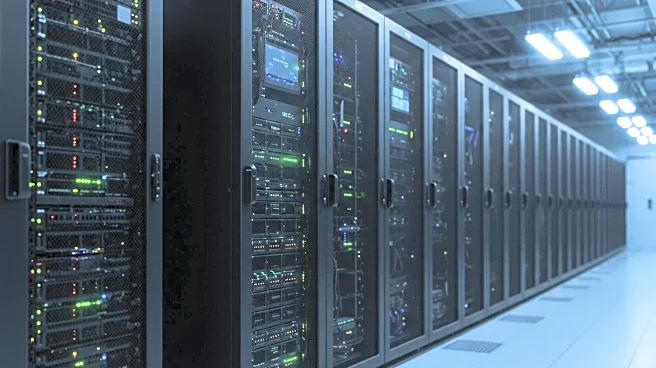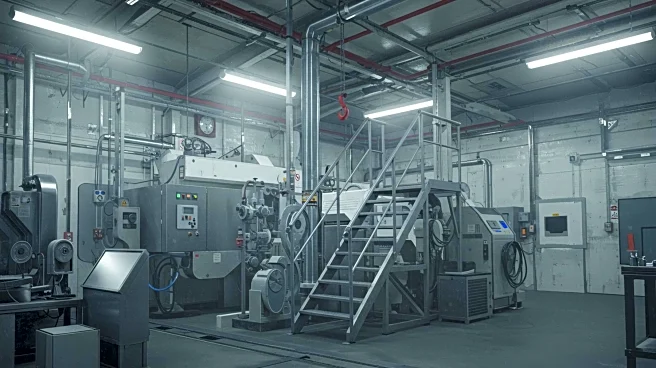Rapid Read • 7 min read
The Federal Energy Regulatory Commission (FERC) has highlighted the need for smart grid solutions to address the growing demand for electricity in the United States. As the demand for electricity is projected to increase by 15.8% by 2029, driven by new data centers and manufacturing plants, the current transmission infrastructure is insufficient to meet this demand. Building new transmission lines can take over a decade, prompting FERC to advocate for Grid-Enhancing Technologies (GETs) and High-Performance Conductors (HPCs) as immediate solutions. These technologies can enhance the capacity, reliability, and safety of existing transmission lines, offering a cost-effective alternative to new construction. GETs include dynamic line ratings and advanced power flow control, while HPCs can double infrastructure capacity and reduce energy losses significantly.
AD
The implementation of GETs and HPCs is crucial for alleviating grid congestion, which cost Americans an estimated $11.5 billion in power bills in 2023. By increasing transmission capacity, these technologies can help transport low-cost generation to consumers more efficiently, reducing overall energy costs. Additionally, they enhance grid reliability by allowing access to new energy sources during high demand periods, such as extreme weather events. The adoption of these technologies can bypass regulatory hurdles associated with new transmission line construction, providing a timely solution to meet growing energy needs and support economic growth.
States are encouraged to take the next step in adopting GETs and HPCs, following FERC's supportive stance. The National Association of Regulatory Utility Commissioners has called on Congress to fund the deployment of these technologies. Several states have already passed legislation requiring consideration of advanced transmission technologies. State regulators now have the opportunity to work with utilities to evaluate these technologies for local upgrades and regional planning, ensuring that economic growth is supported by reliable and cost-effective energy solutions.
AD
More Stories You Might Enjoy











